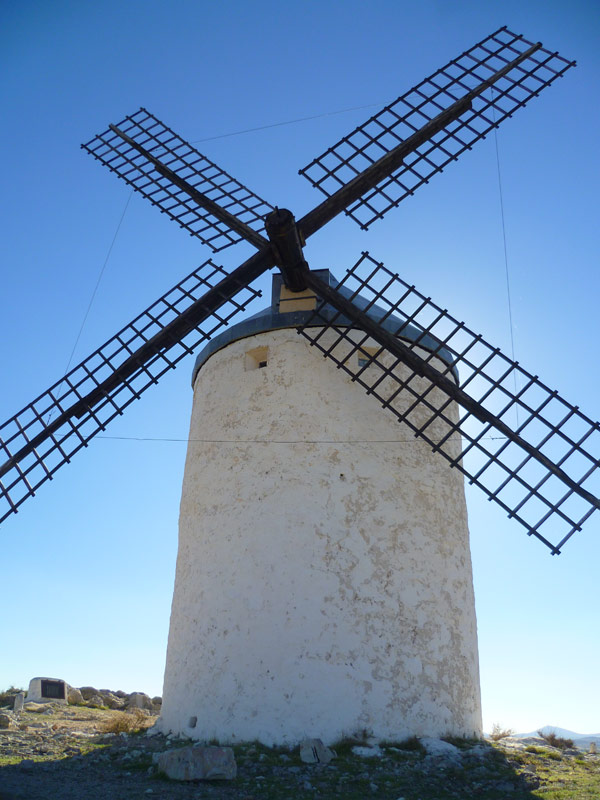
Having resided in Spain for ten months now, I feel I know fairly well what I can expect from the country’s cities and villages. You have the plaza mayor, the wide open square enclosed on all four sides by century’s old buildings, and which typically houses both the ayuntamiento (town hall) and a line of tourist-y looking cafes.
This journal was written by Peter Lavelle, foreign exchange broker at Pure FX.
In addition, you have the cathedral, whose ceiling typically stretches up in a whale-bone arc, and which holds no end of painstakingly crafted paintings, murals and statues. It’s all extremely impressive. However, having seen all that a few times now, I thought it was time to mix things up a little, and see what else this country has to offer. After some research, last weekend this led me to Consuegra. Consuegra is a village about 150k south of Madrid, in Castilla – La Mancha. It’s typical of Spanish villages in many respects, with its plaza mayor (or in this case, Plaza de Espana), old churches, and innumerable bars and restaurants. However, it differs in two key respects.

First, Consuegra is where the world’s finest saffron is grown. This is something the village celebrates with its annual Fiesta de le Rosa del Azafrán (or Festival of the Saffron Rose.) Second, Consuegra is home to Spain best-preserved windmills, known locally as molinos de viento. Eleven of these blue and white marvels line the crest of a hill just outside the village, with a medieval castle standing between them.
What’s it like exploring the windmills? Well, the first thing is that, to see them up close, you have to climb a fairly steep hill. This gives you views of all Consuegra. Now, on all sides, the village is surrounded by open country, which in Spain you’d normally expect to be yellow and red. Given the rain however (it’s Autumn) that red is now interspersed by pockets of green, which gives the Spanish countryside the look of a court jester’s uniform.
As for the windmills meanwhile, the best part is the sheer novelty of them. I’d never seen one before, as I guess few people have. So when you’re confronted with them, your first reaction is likely to be “Huh! It’s a windmill. Look at that. And there’s lots of them.” It’s a pleasant sensation, and reminds me of when you see little kids, and they’re so excited to be outside, because everything is new to them.
Second of all, a windmill is a pleasant thing because of its purpose. We’re quite used to ornate buildings, with detailed edifices and unusual shapes that please us in an aesthetic way. But when was the last time you saw a building that was practical? After all, all the parts of a windmill go into doing its job, which is harnessing the wind to make flour. That’s evidently a good thing to do, and you feel that when you see them. Almost from an ethical point of view, these are “good” buildings.
So Consuegra! While it might not be sleeping in an igloo, that doesn’t make the sight of a windmill any less special. Seeing those useful structures standing on a hill, in the middle of the countryside, certainly makes you feel peaceful. It’s something you might not appreciate at the time, until you drive back home, and find yourself again in narrow streets. But you’ll be grateful to have seen them.
